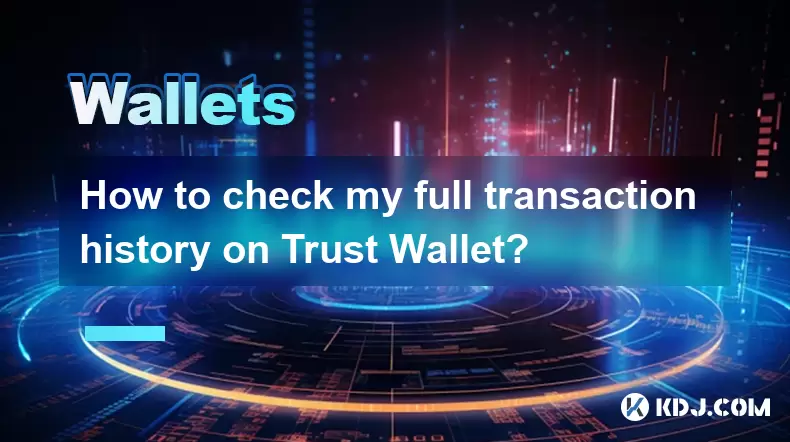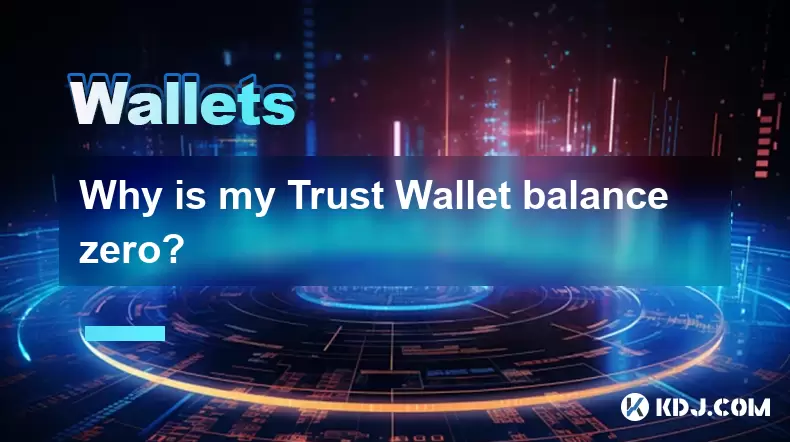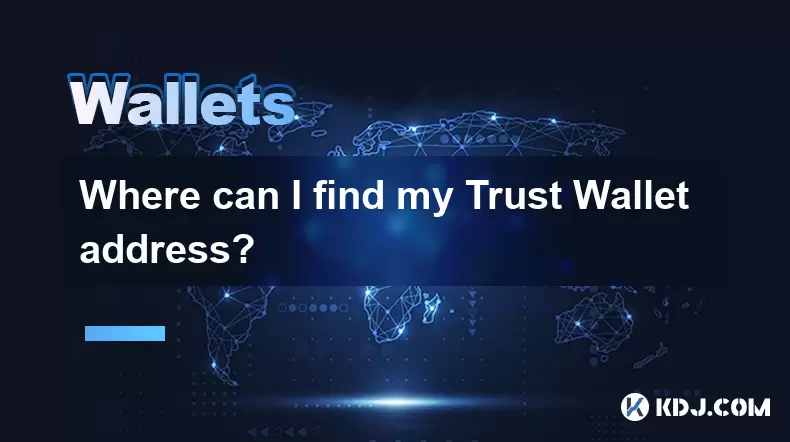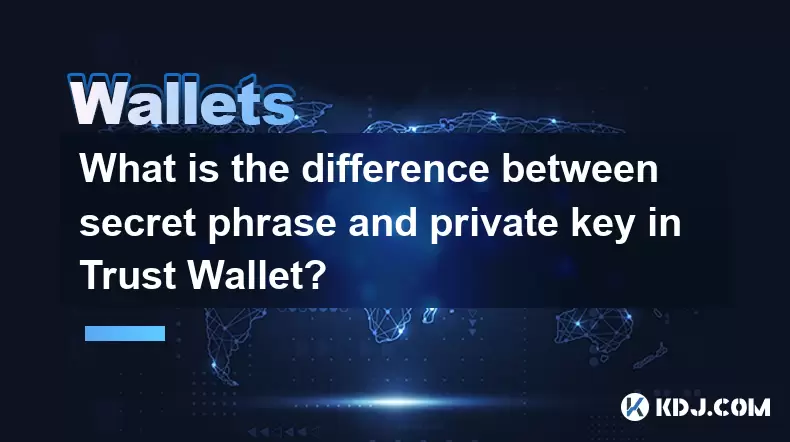-
 Bitcoin
Bitcoin $113900
-1.39% -
 Ethereum
Ethereum $3517
-4.15% -
 XRP
XRP $3.009
1.59% -
 Tether USDt
Tether USDt $0.9997
-0.04% -
 BNB
BNB $766.8
-1.41% -
 Solana
Solana $164.6
-2.38% -
 USDC
USDC $0.9998
-0.02% -
 TRON
TRON $0.3277
0.65% -
 Dogecoin
Dogecoin $0.2023
-1.67% -
 Cardano
Cardano $0.7246
0.05% -
 Hyperliquid
Hyperliquid $38.27
-4.77% -
 Sui
Sui $3.528
-0.52% -
 Stellar
Stellar $0.3890
-0.73% -
 Chainlink
Chainlink $16.16
-2.69% -
 Bitcoin Cash
Bitcoin Cash $539.9
-4.38% -
 Hedera
Hedera $0.2425
-2.00% -
 Avalanche
Avalanche $21.71
-0.97% -
 Toncoin
Toncoin $3.662
5.73% -
 Ethena USDe
Ethena USDe $1.000
-0.02% -
 UNUS SED LEO
UNUS SED LEO $8.964
0.35% -
 Litecoin
Litecoin $107.7
2.33% -
 Shiba Inu
Shiba Inu $0.00001223
-0.40% -
 Polkadot
Polkadot $3.617
-0.97% -
 Uniswap
Uniswap $9.052
-2.49% -
 Monero
Monero $295.1
-3.79% -
 Dai
Dai $0.9999
0.00% -
 Bitget Token
Bitget Token $4.315
-1.85% -
 Pepe
Pepe $0.00001060
0.11% -
 Cronos
Cronos $0.1342
-2.72% -
 Aave
Aave $256.0
-0.87%
How to enable multi-signature function in Trust Wallet?
Trust Wallet doesn't support multi-signature wallets natively, but you can use hardware wallets like Ledger or multi-sig services for enhanced security.
Mar 27, 2025 at 10:15 am

Trust Wallet, a popular mobile cryptocurrency wallet, does not natively support multi-signature functionality. This means you cannot directly set up a multi-sig wallet within the Trust Wallet app itself. Multi-signature wallets require a higher level of security, demanding multiple private keys to authorize transactions. This inherent security feature isn't currently integrated into Trust Wallet's user interface.
Understanding Multi-Signature Wallets
Multi-signature wallets, often abbreviated as "multi-sig," enhance security by requiring multiple approvals before a transaction can be executed. This drastically reduces the risk of unauthorized access or funds theft. Imagine needing two out of three private keys to confirm a transaction; even if one key is compromised, the funds remain safe. This is a significant advantage over single-signature wallets, where a single compromised key grants full access.
Why Trust Wallet Doesn't Have Built-in Multi-Sig
Trust Wallet prioritizes user-friendliness and simplicity. Implementing multi-signature functionality would add considerable complexity to the app's interface and user experience. Managing multiple keys and approvals within a mobile app presents significant design challenges. Furthermore, the technical implementation of multi-sig requires substantial backend infrastructure, which may impact the app's performance and resource consumption.
Alternatives for Achieving Multi-Signature Functionality
While Trust Wallet itself doesn't support multi-sig, there are alternative methods to achieve the same level of security:
Using a Hardware Wallet with Multi-Sig Capabilities: Hardware wallets like Ledger and Trezor offer robust multi-signature support. You can manage your cryptocurrency assets with a multi-sig setup on these devices, and then use Trust Wallet primarily for viewing balances and interacting with decentralized applications (dApps) that are compatible. Remember to never enter your seed phrase into any online service.
Utilizing a Multi-Sig Wallet Service: Several platforms provide multi-signature wallet services. These services typically manage the complexities of multi-sig setups behind the scenes, offering a user-friendly interface. Thoroughly research and vet any service before entrusting your funds. Always prioritize reputable and well-established providers. Scrutinize their security measures and user reviews.
Employing Decentralized Exchanges (DEXs) with Multi-Sig Options: Some decentralized exchanges allow for multi-signature transactions directly on their platform. This can be a useful option for managing assets within a specific DEX ecosystem. However, remember that the security of your funds still relies on the security of the DEX itself.
Step-by-Step Guide (Illustrative Example with Ledger):
This example uses a Ledger hardware wallet, a popular choice for enhanced security. Remember, the specific steps may vary slightly depending on your chosen hardware wallet and multi-sig service.
Step 1: Set up your Ledger device: Follow the manufacturer's instructions to set up your Ledger Nano S or X. This involves creating a PIN and securely storing your recovery phrase. Never share your recovery phrase with anyone.
Step 2: Install the appropriate Ledger app: Install the app for the cryptocurrency you want to manage with multi-sig on your Ledger device.
Step 3: Configure multi-signature on your Ledger: The exact process depends on the specific cryptocurrency and your chosen multi-sig configuration (e.g., 2-of-3, 3-of-5). Consult your Ledger's documentation for detailed instructions.
Step 4: Use Trust Wallet for monitoring (not transactions): You can use Trust Wallet to monitor the balance of your multi-sig wallet address, but you should always initiate transactions through your Ledger device to maintain maximum security.
Important Security Considerations
Recovery Phrase: Your recovery phrase is paramount. Losing it means irreversible loss of access to your funds. Keep it safe and secure, offline and away from any digital devices.
Phishing Scams: Be wary of phishing attempts. Legitimate services will never ask for your recovery phrase or private keys.
Software Updates: Keep your hardware wallet's firmware and any related software updated to benefit from the latest security patches.
Frequently Asked Questions
Q: Can I add multi-signature functionality to my existing Trust Wallet?
A: No, Trust Wallet does not currently offer built-in multi-signature capabilities. You'll need to use alternative methods like hardware wallets or multi-sig services.
Q: Is using a hardware wallet with Trust Wallet better than using a multi-sig service?
A: Both offer increased security compared to single-signature wallets within Trust Wallet. The best choice depends on your comfort level with technology and your specific needs. Hardware wallets offer greater control, while multi-sig services provide a more user-friendly interface.
Q: What are the risks associated with using multi-signature wallets?
A: The primary risk is the complexity of managing multiple keys and the potential for losing access if you mismanage your keys. Careful planning and secure storage are essential.
Q: Are all multi-signature services equally secure?
A: No. Thoroughly research and vet any multi-signature service before using it. Look for reputable providers with strong security track records and positive user reviews. Never use a service you haven't thoroughly investigated.
Q: Can I use Trust Wallet to manage a multi-sig wallet created on another platform?
A: You can use Trust Wallet to view the balance of your multi-sig wallet address, but you'll typically need to use the original platform to initiate transactions. This is to ensure that you're using the correct and secure method for transaction signing.
Disclaimer:info@kdj.com
The information provided is not trading advice. kdj.com does not assume any responsibility for any investments made based on the information provided in this article. Cryptocurrencies are highly volatile and it is highly recommended that you invest with caution after thorough research!
If you believe that the content used on this website infringes your copyright, please contact us immediately (info@kdj.com) and we will delete it promptly.
- DeFi Token Summer Gains: Is Mutuum Finance the Real Deal?
- 2025-08-02 18:30:12
- Bitcoin, Realized Price, and the Top: Are We There Yet?
- 2025-08-02 18:30:12
- Phishing, Wallets, and Stolen Funds: Staying Safe in the Wild West of Crypto
- 2025-08-02 16:30:12
- Rare Coin Alert: Is That 50p in Your Pocket Worth £10,000?
- 2025-08-02 16:30:12
- Arbitrum (ARB) Price Prediction: Oversold Signal or Breakout Imminent?
- 2025-08-02 16:55:36
- Arbitrum (ARB): Navigating Price Dips, PayPal Perks, and the Road Ahead
- 2025-08-02 17:00:12
Related knowledge

What is a watch-only wallet in Trust Wallet?
Aug 02,2025 at 03:36am
Understanding the Concept of a Watch-Only WalletA watch-only wallet in Trust Wallet allows users to monitor a cryptocurrency address without having ac...

How to switch between networks in Trust Wallet?
Aug 02,2025 at 12:36pm
Understanding Network Switching in Trust WalletSwitching between networks in Trust Wallet allows users to manage assets across different blockchains s...

How to check my full transaction history on Trust Wallet?
Aug 02,2025 at 09:24am
Understanding Transaction History in Trust WalletTrust Wallet is a widely used non-custodial cryptocurrency wallet that supports a broad range of bloc...

Why is my Trust Wallet balance zero?
Aug 02,2025 at 03:49am
Understanding Trust Wallet Balance Display IssuesIf you're seeing a zero balance in your Trust Wallet despite knowing you've previously received or se...

Where can I find my Trust Wallet address?
Aug 02,2025 at 06:07pm
Understanding Your Trust Wallet AddressYour Trust Wallet address is a unique identifier that allows others to send you cryptocurrency. It is a string ...

What is the difference between secret phrase and private key in Trust Wallet?
Aug 02,2025 at 09:49am
Understanding the Role of a Secret Phrase in Trust WalletThe secret phrase, also known as a recovery phrase or seed phrase, is a sequence of 12 or 24 ...

What is a watch-only wallet in Trust Wallet?
Aug 02,2025 at 03:36am
Understanding the Concept of a Watch-Only WalletA watch-only wallet in Trust Wallet allows users to monitor a cryptocurrency address without having ac...

How to switch between networks in Trust Wallet?
Aug 02,2025 at 12:36pm
Understanding Network Switching in Trust WalletSwitching between networks in Trust Wallet allows users to manage assets across different blockchains s...

How to check my full transaction history on Trust Wallet?
Aug 02,2025 at 09:24am
Understanding Transaction History in Trust WalletTrust Wallet is a widely used non-custodial cryptocurrency wallet that supports a broad range of bloc...

Why is my Trust Wallet balance zero?
Aug 02,2025 at 03:49am
Understanding Trust Wallet Balance Display IssuesIf you're seeing a zero balance in your Trust Wallet despite knowing you've previously received or se...

Where can I find my Trust Wallet address?
Aug 02,2025 at 06:07pm
Understanding Your Trust Wallet AddressYour Trust Wallet address is a unique identifier that allows others to send you cryptocurrency. It is a string ...

What is the difference between secret phrase and private key in Trust Wallet?
Aug 02,2025 at 09:49am
Understanding the Role of a Secret Phrase in Trust WalletThe secret phrase, also known as a recovery phrase or seed phrase, is a sequence of 12 or 24 ...
See all articles

























































































